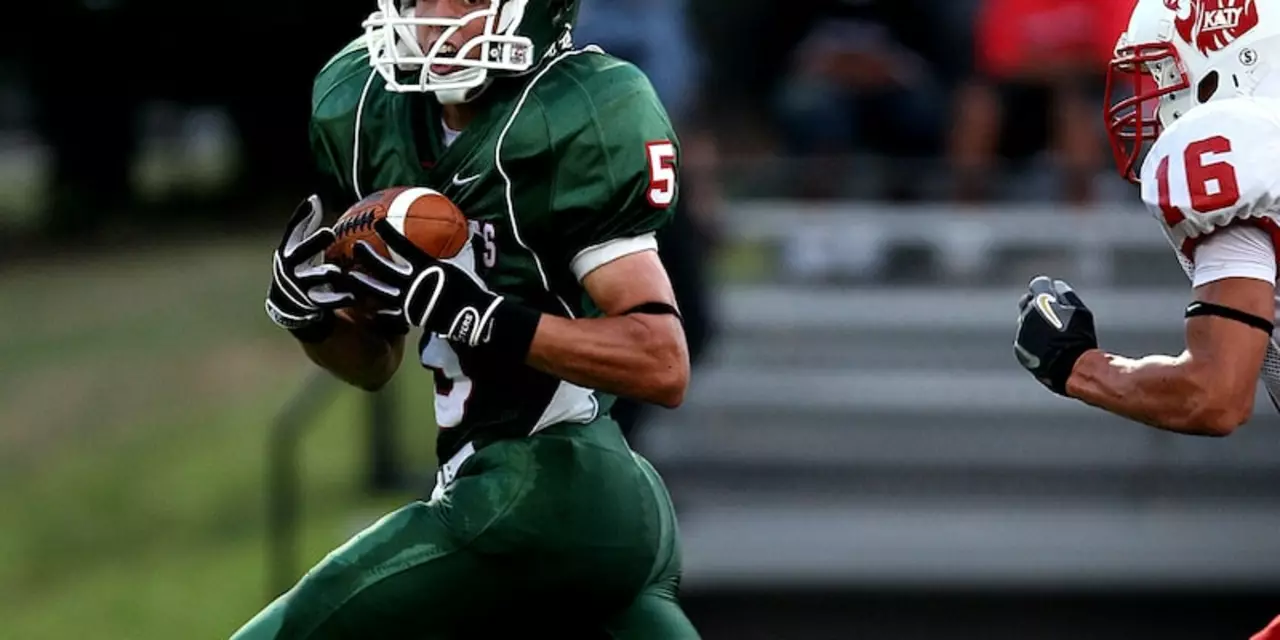Popularity in Football: Understanding Its Impact
When we talk about popularity, the level of interest, audience size and overall buzz a sport or club generates. Also known as fan appeal, it influences everything from ticket sales to TV deals. Attendance, the count of spectators who actually show up for a match is a direct gauge of popularity – the more people in the stands, the higher the popularity score. Likewise, Media coverage, how often headlines, broadcasts and online posts talk about a team or competition rises when popularity climbs. Finally, Sponsorship, financial backing from brands looking to tap into a sport’s fan base often follows a surge in popularity because companies want exposure to large audiences. In short, popularity measures fan attendance, popularity drives media coverage, and popularity attracts sponsorship deals – three forces that keep the football ecosystem humming.
How Popularity Shows Up Across the Game
Look at the posts we’ve collected. A live‑score update that lets you follow every goal in real time is popular because fans crave instant info – that’s popularity shaping technology. A discussion about the 2022 World Cup in Qatar touches on why the tournament drew record TV viewers, another sign of popularity influencing global interest. The Ryder Cup article shows how a big lead in a match can boost viewership numbers, again linking popularity to media ratings. Even a Unity tutorial about building a football video game taps into popularity: developers see a market for soccer games because the sport’s popularity promises sales. When clubs talk about release clauses or playing with ten players, the underlying theme is often how popular status affects player value and tactical choices. Each of these angles proves that popularity isn’t just a buzzword; it reflects real‑world metrics like attendance, media reach and sponsorship dollars.
Understanding popularity helps fans, clubs and businesses make smarter decisions. If you’re curious about how attendance numbers shape league rankings, how media coverage can boost a club’s brand, or how sponsorship money flows to the most popular teams, you’ll find answers in the articles below. The collection shows popularity at work – from match‑day crowds to online discussions – giving you a clear picture of why the metric matters and how it drives the beautiful game forward.
American football has become more popular than soccer in the United States due to a variety of factors. These include the physicality of the game, the presence of professional leagues, and the cultural and geographic influences of areas with high concentrations of immigrants. Additionally, the Americanization of soccer in the early 20th century and the growth of college football have also been credited with increasing the popularity of American football over soccer. The popularity of American football has been further bolstered by media coverage and an increase in fantasy football and gambling. In short, American football has surpassed soccer as the most popular sport in the United States largely due to its physical nature, the presence of professional leagues, and the cultural and geographic influences of areas with high concentrations of immigrants.
